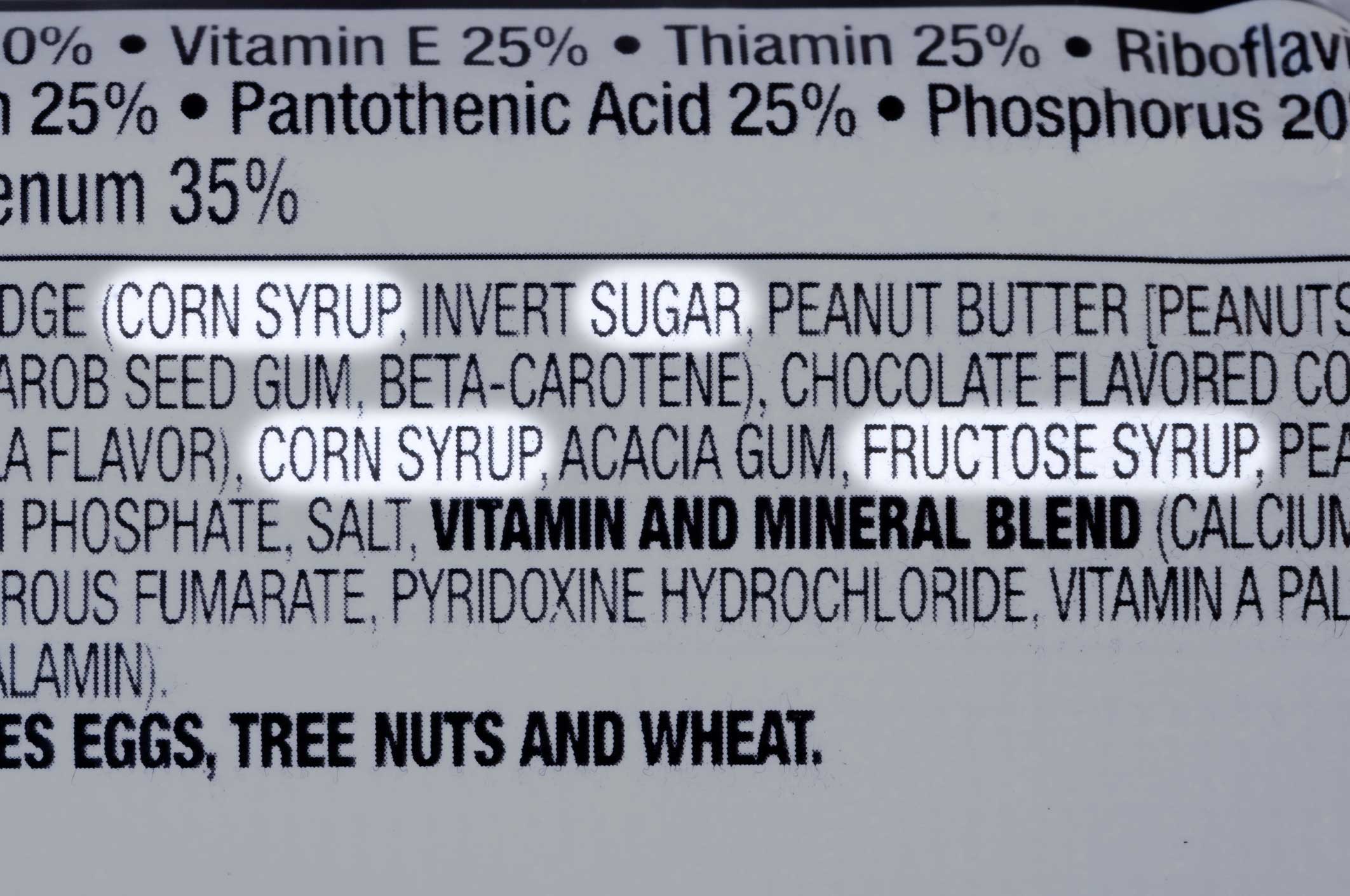Q: I am trying to eliminate hidden sugar in everyday foods, especially for my children. What common foods should I watch?
A: It’s wonderful that you are trying to eliminate hidden sugar in every day foods. Way to go, Mom and Dad!
“Hidden sugar” or “added sugar” is any caloric sweetener that does not occur naturally in a food or beverage such as: sucrose, fructose, dextrose, honey, molasses, and brown rice syrup. A little bit of added sugar is OK but there isn’t much room for it in your child’s diet. If foods with added sugar displace healthier foods your child could experience weight gain, low HDL (good cholesterol) and elevated triglycerides — all risk factors for diabetes and heart disease.
A National Health and Nutrition Examination Survey (NHANES) revealed that young children in America are consuming on average 13 teaspoons of added sugar a day and teens are consuming 22 teaspoons —two to three times more sugar than the latest American Heart Association guidelines listed below. (Read more at the American Heart Association.)
- Children ages 2-18 should consume no more than 6 teaspoons of added sugar a day. This is about 25 grams, or 100 calories.
- Children less than 2 years old should have no added sugar in their diet.
- Children and teens should limit sugar-sweetened beverages to one 8-ounce beverage a week. This includes sodas, sports and energy drinks, sweetened tea and fruit-flavored drinks that are not 100 percent juice.
Some important foods to watch: juice, yogurt, cereal, granola bars, snack foods (even savory snacks can have added sugar) and non-dairy alternatives to milk. Children’s flavored yogurt, even YoBaby organic yogurt by Stonyfield, contains a significant amount of calories from added sugar. Sugar also may be hiding in frozen dinners and BBQ sauce. Frozen dinners can have 30 or more grams of sugar. Two tablespoons of BBQ sauce have as much as 12 grams of sugar. Some dressings aren’t far behind.
Tips to reduce sugar:
- Read and compare “total sugar” on nutrition labels. The total sugar is a good estimate of the added sugar unless it contains whole fruit or dairy. Sugar from whole fruit and unsweetened dairy is OK, and is not something you should worry about limiting. There are 12 grams of naturally occurring lactose sugar in 8-ounces of milk or yogurt so subtract that from the total grams of sugar to determine how much added sugar it has.
- Offer whole food alternative to refined snacks and granola bars such as: low-fat plain yogurt with fruit, unsalted nuts and seeds, fresh fruit and vegetables with dip, and low-fat cheese with whole-grain crackers.
- Talk with an older child about the health benefits of water and milk and encourage kids to drink milk by blending it with frozen fruit to make a nutritious alternative to sweetened beverages, juice or ice cream.
For information about Hartford HealthCare Diabetes & Endocrinology, click here.

